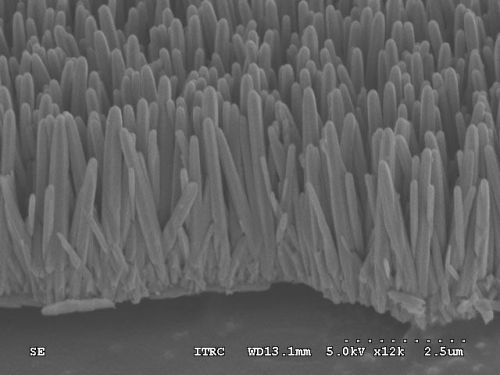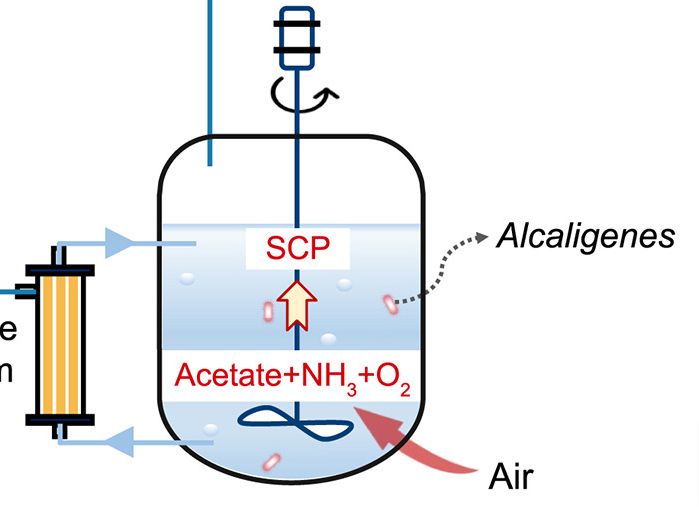Researchers from National Taiwan University, National Applied Research Laboratories in Taiwan, and the Research Center for Applied Sciences in Taiwan have come up with an innovative idea of resurrecting the old CDs and giving them life by employing them in breaking down sewage. Instead of going into e-waste, the team has developed a very practical application of the obsolete thing.
As per the stats, 20 billion compact disks are manufactured every year plus the extensive collection of people that has now superseded by the advent of MP3 files and iPods. Hence, the researchers thought of employing the huge collection of CDs for water treatment, which would definitely become a way out of reducing waste.
The Experiment
Keeping optical disks as platform, the team has grown zinc oxide nanorods on their surface. Zinc oxide is used in the experiment to degrade the organic toxin.
The size of nanorods was about a thousandth the width of human hair. Because of its semiconductor property, zinc oxide is used, it functioned as a photocatalyst (the acceleration of a photoreaction in the presence of a catalyst), splitting down organic molecules quite similar to the contaminant present in sewage upon striking by UV light.
Durability and spinning feature of disks were put into play, once the disks were rotating, the contaminated water that trickled onto them dispersed evenly along the surface that made the UV light pass easily and hence escalates the degradation process.
The Device
Capacity of the entire wastewater treatment device is roughly one cubic foot in volume. Paraphernalia of the entire system includes optical disks coated with zinc oxide, a UV light source and an arrangement that re-circulates water to further break down the pollutants.
The workings were tested with a solution of methyl orange dye that acted like wastewater. After a treatment for 60 minutes, they discovered that 90 percent of toxins had been broken down. Therefore, they concluded that in 1 minute, the reactor can treat 150ml of wastewater.
Another USP of the device is that it consumes less power and process efficiently.
Great Prospective
The rector has a great potential across regions where there is acute water shortage and dire need for water re-cycling. Its manufacturing cost too would be very cheap, a scalable product with inexpensive solution.
Source: Science Daily




